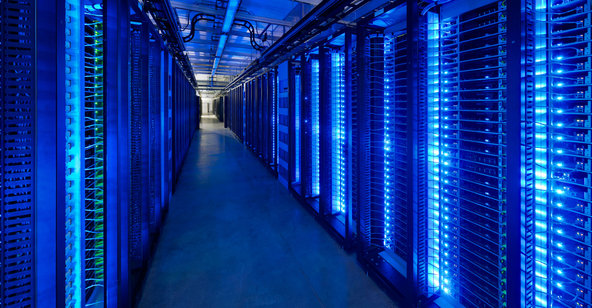Instability, poor support and bad performance ruin a website. Not only do they undermine customer trust, but they also harm search engine rank. Webmasters don’t always know the signs when it’s time to switch hosts, but if sales and customers take a hit, the signs are clear it is time to make a change.

1. Poor Vendor Support
What happens when your business site crashes? What happens if it’s hacked or goes down for any unexplained reason? A mature business needs to have answers to these questions. Depending on the web presence, thousands of dollars can be lost each hour the website stays down. The first answer is to have support readily on hand from the web host.
With Rackspace dedicated hosting, the business can call up support services at any time of the day. Don’t want to worry about monitoring the server? Rackspace also offers managed dedicated hosting, so you can manage day-to-day IT tasks instead of watching web servers.
2. No Support for Customized Software
At some point, a business needs customized software support. This can be in the form of web applications or customized, proprietary applications hosted on the host’s servers. With software customizations, the business usually needs customized server settings. Shared hosting does not offer the freedom of server settings like dedicated hosting.
In addition to server settings, the host server should also have the right server hardware specifications to support the software. Running new software on old servers usually results in slow server responses and possible crashes. When shared hosting becomes the bottleneck for software growth, it’s time to switch to a reputable dedicated server host.
3. 100% Uptime Guarantee
Does your host offer 100% uptime? Some hosts offer 99% uptime, but that 1% costs money in sales. A reputable host has the support team and infrastructure to support a 100% uptime guarantee. The way uptime is guaranteed is through load balancers and web farms. A web farm can be two or hundreds of servers. These servers sit behind a load balancer that determines which server can handle the requests. If one server crashes, it’s taken out of the load balancer rotation and traffic is rerouted to other servers. This technology guarantees that visitors never see a crashed website due to hardware failure.
4. Limited Backup Use
Backups are an integral part of disaster recovery plans. Some companies need large amounts of storage space because of the large number of servers, employee documentation and settings needed in each backup. The obvious choice is cloud backup systems, because the business only pays for the amount of hard drive space used. Some vendors meter the amount of backup space used and deletes backups or charges extra for archived files. Reputable cloud hosts let the business scale backup services and storage space with the needs of the customer, so the amount of available storage space is endless.
5. Keeping Up with Technology
Technology is always evolving, and the latest software needs the latest hardware. While it’s fine that a host keeps server hardware that’s a few months old, running new software on very old hardware greatly reduces performance. The host should upgrade server software often, and upgrades should be free to the webmaster.
When you know it’s time to switch, Rackspace dedicated servers provide the performance boost and support needed by mature businesses. Moving to a dedicated server platform will instantly boost website speed and provide you with the support to guarantee 100% uptime. That’s essential.
This is a special guest post by Jennifer Marsh. Jennifer is a software developer, programmer and technology writer and occasionally blogs for dedicated server hosting company Rackspace Hosting.

